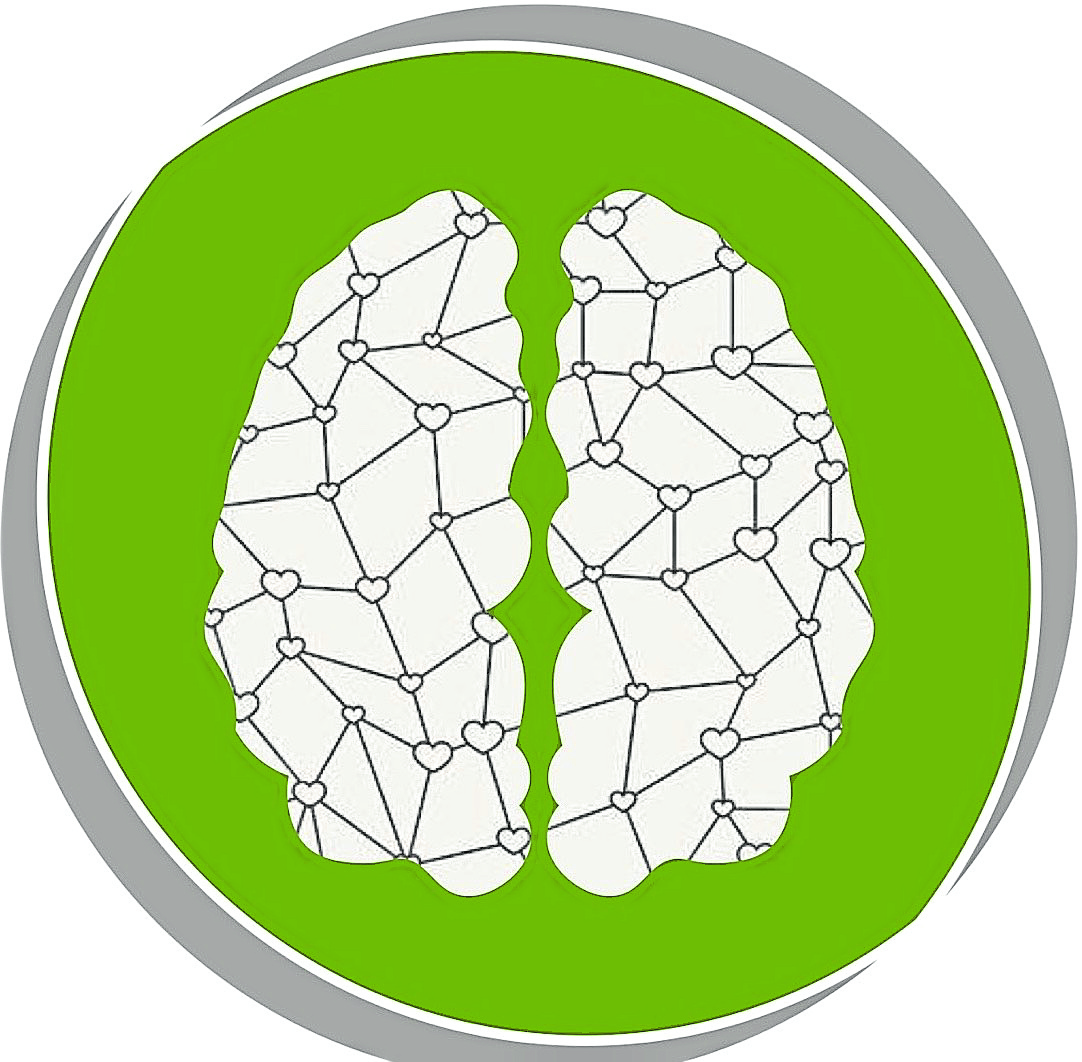
In the past months, I have learned of the struggles many of my friends and schoolmates were facing as they coped with the pandemic. But even before the pandemic, I was aware of students with anxiety problems and I was all too familiar with the stress brought about by schoolwork. I also experienced firsthand the toxic culture of apathy toward mental health issues.
The elephant in the room—the stigma that leads others to call emotions “hypersensitivity”—casts a looming shadow over our society. I knew I couldn’t change this culture overnight. But I also knew that being indifferent is part of the problem.
Hence, I went about creating a platform that would not merely spread awareness about mental health but also provide a service that people could use and integrate in their own lives. Mental health isn’t a one-time movement, it’s changing the paradigm and reforming our attitude toward mental health.
Mental health is a pertinent issue given the COVID-19 pandemic and the state of the Philippines. Prof. Anne Rivelda published an article calling for change in the discussion on mental health. She wrote that the “stigma toward people with mental illnesses in the Philippines is rampant.” She attributes this to the “lack of sensitivity in referencing mental health issues.”
Not only is the stigma toward mental health problematic but our country generally lacks the resources to allow people to properly cope. Society is calling for change, now more than ever. At a time when we are more vulnerable to feelings of anxiety and fear due to the pandemic, such a call resonates even stronger.

Self-care and peer support
It was the middle of April and quarantine and social distancing were just becoming commonplace. I received a phone call that changed the direction of my quarantined life. A friend a few years my senior pitched an enticing albeit vague idea of a mental health website.
I haven’t done web development for quite a while, and I knew next to nothing about mental health. But the prospect of doing something with a purpose seemed a lot more appealing than emptying my Netflix watchlist.
The process was anything but glamorous. We stumbled in the dark for the most part, unsure of what we actually wanted to make. Everything from a social media platform to a resource listing was on the table. But gradually, as we reached out to more experts and got more feedback, we had a clearer vision of the path we wanted to take. With that we came to have two spheres of focus: self-care and peer support.
Our objective became to provide and connect people with mental health support, be it through people or resources. But not only did MindReform change my direction, it also gave me direction during the quarantine.
As the MindReform platform grew in scope and capacity, I believe I grew parallel with it. In line with the theme of self-care, the team (which included cofounder and operations head Anton Labos and research head Lance Dy) and I compiled a list of mental health resources based on the different emotions a user might be feeling. As time passed, the resource would be dynamically curated based on how people interact with them. But we also knew that resources alone would not be enough.

Stronger community
We also developed a social media platform catered toward promoting peer support, and discouraging toxic posts. At first, it was just me creating any other website. I was more focused on the technical aspects of programming and designing.
But as we got the word out, and some people started using it, what started off as a project became so much more. It wasn’t just about the code or choosing a color scheme. MindReform was about the people. In the same way, from solely focusing on the technicalities, I found a genuine passion and drive to reach out to people.
I wasn’t just building a website or app. I was building a community. I was creating an avenue for people to express and care for themselves.
In truth, it wasn’t successfully making a product that has and continues to bring me fulfilment. It was the small expressions of gratitude from users and our partners that inspire me and give me hope.
One user, David Tan, a high school student, said in an interview that the platform made him feel “comfortable while at the same time safe.” He noted how MindReform provides a closed space to freely share thoughts and experiences while at the same time find support from others. He finds that the website allows him to “pinpoint how he is feeling,” and therefore better acknowledge his emotions.
Tan said he imagines students like him would be able to express their stress and anxiety, and find resources to cope on the site.
As opposed to other social media platforms, MindReform encourages people to share the good and the bad. In doing so, they may hopefully come to terms with both. Tan and other users also agree that when used properly, MindReform could create a more positive and understanding community overall.
Why? Such a simple question can be straining and even painful to answer. It’s not where the train is headed, nor where it came from. It is the fuel that keeps it running. Throughout the quarantine, I asked myself why I was putting so much time and effort into MindReform in the first place.
It was the people who have and continue to benefit from MindReform that fuel me. Those people gave me hope. They are what inspired me to reach out to others. They give me hope that there is a better future for mental health, and for the youth, whatever the circumstances now may be. And that, I believe, is precisely what mental health should be about.
Mental health is finding a reason and drive to hope and aspire for a better future. It is finding the resilience to keep that fuel alive even in dire times. The time is overdue for society’s mind reform. –CONTRIBUTED
The author is the co-founder and lead developer of www.themindreform.com and is a student at Xavier School San Juan.













































